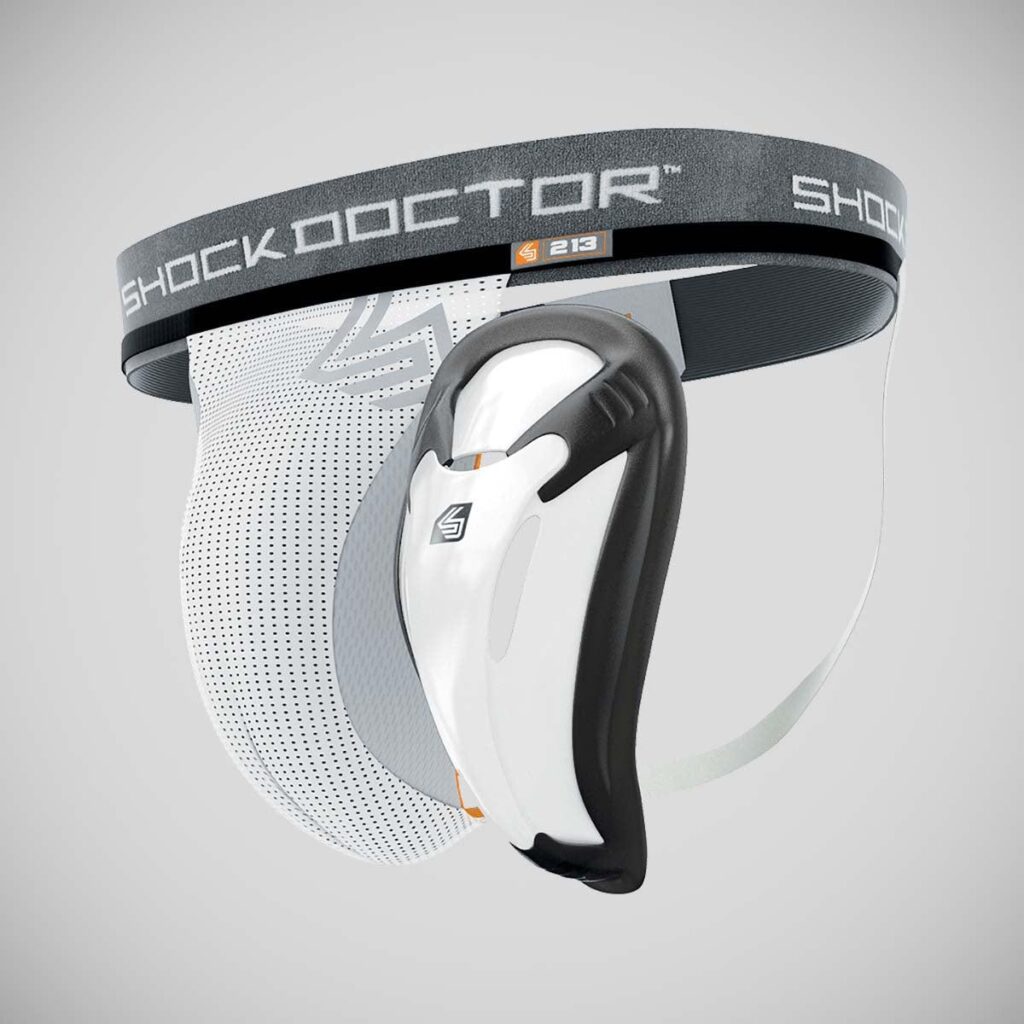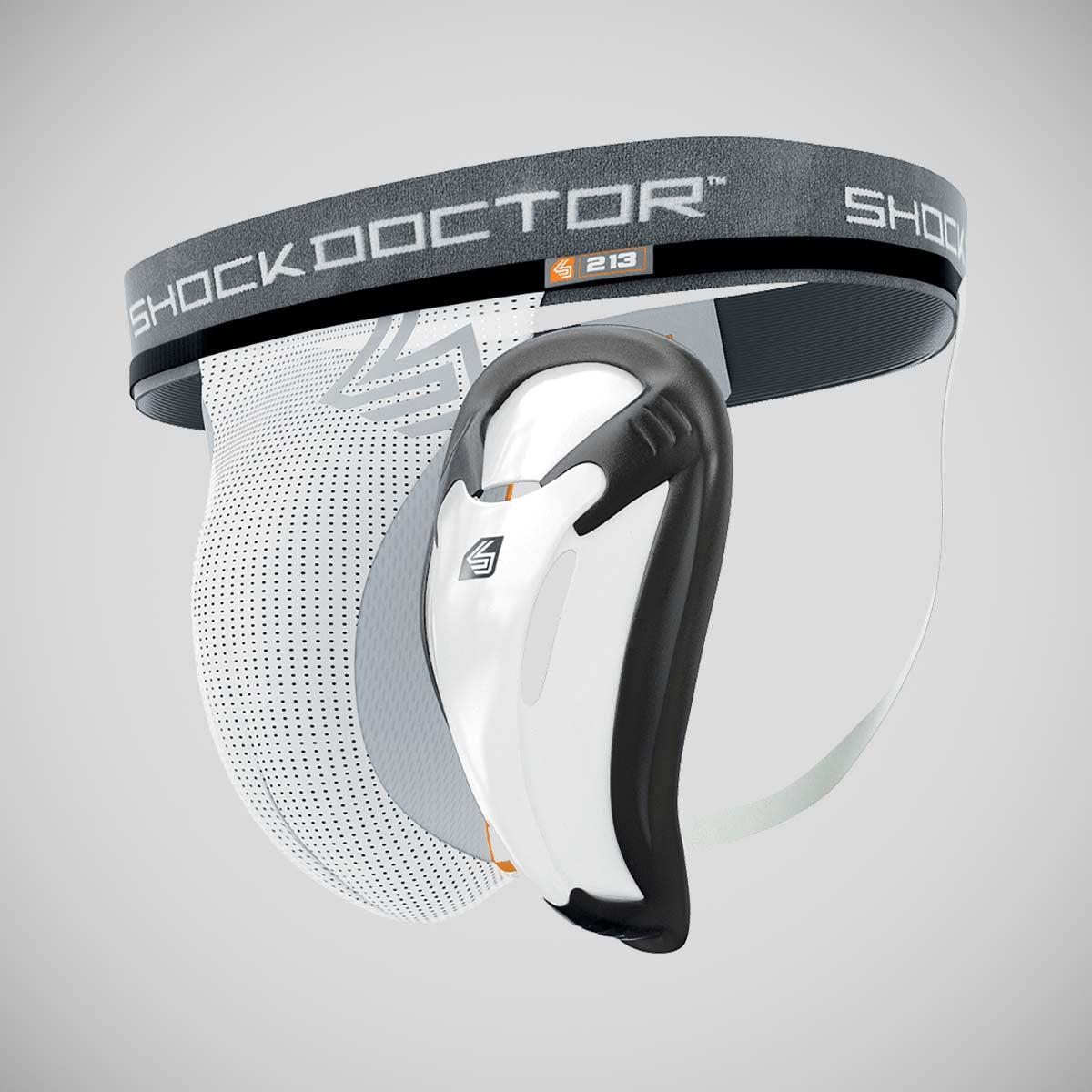Picture this: a rugby scrum collapses, bodies collide, and the ball rockets down the field. In this high-impact sport, players face tackles, rucks, and mauls that test their strength and resilience. But amidst the chaos, one question often pops up for new players and parents: Do rugby players wear cups?
Rugby’s physicality demands protective gear, yet the use of cups—hard, molded shields for groin protection—remains a topic of debate. Some players swear by them, while others opt for flexibility over added bulk.
This guide deciphers whether rugby players wear cups, why they matter, and how to choose the right gear for safety and comfort. Whether you’re a beginner, a seasoned player, or a parent ensuring your child’s safety, we’ve got you covered with insights, tips, and expert advice.
What Are Cups in Rugby?

A rugby cup, also called a protective cup or athletic supporter, is a hard, plastic shield worn over the groin to protect against impacts.
Typically inserted into a jockstrap or compression shorts, cups are designed to absorb and distribute force, reducing the risk of injury to sensitive areas. Unlike sports like baseball or hockey, where cups are nearly universal, rugby’s use of cups varies.
Cups come in various shapes and sizes, often made from lightweight materials like polycarbonate. Some feature padded edges for comfort, while others are designed for maximum ventilation. For example, brands like Shock Doctor offer cups with ergonomic designs tailored for high-contact sports.
Do Rugby Players Wear Cups?
The short answer? It depends. Unlike some sports with strict mandates, rugby doesn’t require cups under official regulations.
According to World Rugby, the governing body for the sport, protective equipment like cups is optional, leaving the decision to players, coaches, and sometimes parents for youth leagues.
Why Some Players Wear Cups
- Impact Protection: Rugby involves tackles and scrums that can lead to accidental kicks or knees to the groin. A cup reduces the risk of serious injury, such as testicular trauma, which, while rare, can be debilitating. A 2019 study in the Journal of Sports Medicine noted that groin injuries account for roughly 5% of rugby-related injuries.
- Peace of Mind: For many players, especially beginners, wearing a cup boosts confidence, allowing them to focus on the game without worrying about vulnerable areas.
- Youth Leagues: Some youth rugby programs encourage or require cups for added safety, especially for players under 16, as noted by USA Rugby.
Why Others Skip Them
- Comfort and Mobility: Cups can feel bulky, restricting movement during sprints or agile plays. Many players prefer compression shorts for flexibility, as highlighted in forums on RugbyPass.
- Low Risk Perception: Experienced players often argue that groin injuries are rare in rugby compared to other contact sports, so they forgo cups to avoid discomfort.
- Team Culture: In some teams, cups aren’t part of the norm, and players follow suit, prioritizing tradition or peer influence.
Comparing Groin Cups to Other Rugby Protective Gear
To understand the role of cups, let’s compare them to other common rugby protective gear. Below is a table summarizing key differences:
| Gear | Purpose | Mandatory? | Comfort Level | Common Brands |
|---|---|---|---|---|
| Cup | Groin protection | Optional | Moderate (can feel bulky) | Shock Doctor, McDavid |
| Mouthguard | Protects teeth and jaw | Mandatory | High | OPRO, SISU |
| Headgear | Reduces head impact and cuts | Optional | Moderate | Canterbury, Gilbert |
| Compression Shorts | Muscle support, minor groin padding | Optional | High | Under Armour, Nike |
Cups offer targeted protection but sacrifice some mobility compared to compression shorts, which provide lighter groin padding.
Mouthguards, required by World Rugby, are non-negotiable for dental safety, while headgear is more common among forwards in scrums. For a deeper dive into rugby gear, check out Rugby World’s gear guide.
How to Choose the Right Rugby Cup
Selecting a cup involves balancing protection, comfort, and fit. Here’s what to consider:
- Size and Fit: Cups come in youth and adult sizes. Measure your waist and refer to brand sizing charts (e.g., McDavid’s sizing guide). A poorly fitted cup can shift during play, causing discomfort.
- Material: Look for lightweight, durable materials like polycarbonate with padded edges for comfort. Ventilated designs reduce heat buildup.
- Support System: Choose between jockstraps (traditional) or compression shorts with a cup pocket. Compression shorts are more popular for their sleek fit.
- Brand Reputation: Trusted brands like Shock Doctor and McDavid offer reliable options. Read reviews on sites like Amazon for user feedback.
- Sport-Specific Design: Ensure the cup is designed for high-impact sports like rugby, not just general athletics.
For example, the Shock Doctor Core Supporter with Bioflex Cup is a top choice for its ergonomic shape and breathable mesh pocket, ideal for rugby’s demands.
Rugby Safety Regulations and Cups
World Rugby’s Law 4 governs player clothing and equipment, stating that protective gear must be safe, non-abrasive, and not provide an unfair advantage. Cups meet these criteria, but they’re not mandatory. Some national bodies, like Rugby Australia, recommend cups for youth players but leave it optional for adults.
In contrast, mouthguards are required across all levels to prevent dental injuries, which are more common (10–15% of rugby injuries, per a 2020 British Journal of Sports Medicine study). If you’re unsure about local regulations, check with your league or coach.
Practical Tips for Wearing a Rugby Cup Comfortably
Wearing a cup doesn’t have to feel like a chore. Try these tips:
- Test Fit Before Games: Wear your cup during practice to ensure it stays secure without chafing.
- Pair with Compression Shorts: A cup pocket in snug compression shorts (e.g., Under Armour) keeps the cup stable and reduces bulk.
- Keep It Clean: Wash the cup and supporter after every use to prevent odor and bacteria buildup. Most brands provide care instructions.
- Adjust for Comfort: If the cup feels restrictive, try a smaller size or a model with flexible edges.
- Combine with Other Gear: Wear a mouthguard and consider headgear for comprehensive protection, especially in scrums.
FAQs About Rugby Cups
Are cups mandatory in rugby?
No, cups are not mandatory in rugby per World Rugby regulations. They’re optional, though some youth leagues may require them.
Do professional rugby players wear cups?
Some do, but many pros skip cups for mobility, relying on compression shorts for minor protection.
What’s the best cup for rugby?
Top choices include Shock Doctor Core Bioflex and McDavid FlexCup, known for durability and comfort.
Can cups prevent all groin injuries?
Cups reduce the risk of impact injuries but can’t prevent all groin-related issues, like strains.
Conclusion: Stay Safe on the Pitch
So, do rugby players wear cups? It’s a personal choice, balancing protection against comfort and mobility. Cups offer valuable groin protection, especially for beginners or youth players, but many experienced athletes opt for lighter alternatives like compression shorts.
By choosing the right cup and pairing it with other gear like mouthguards, you can tackle the pitch with confidence.
Ready to gear up? Explore our related posts on the best rugby mouthguards.
